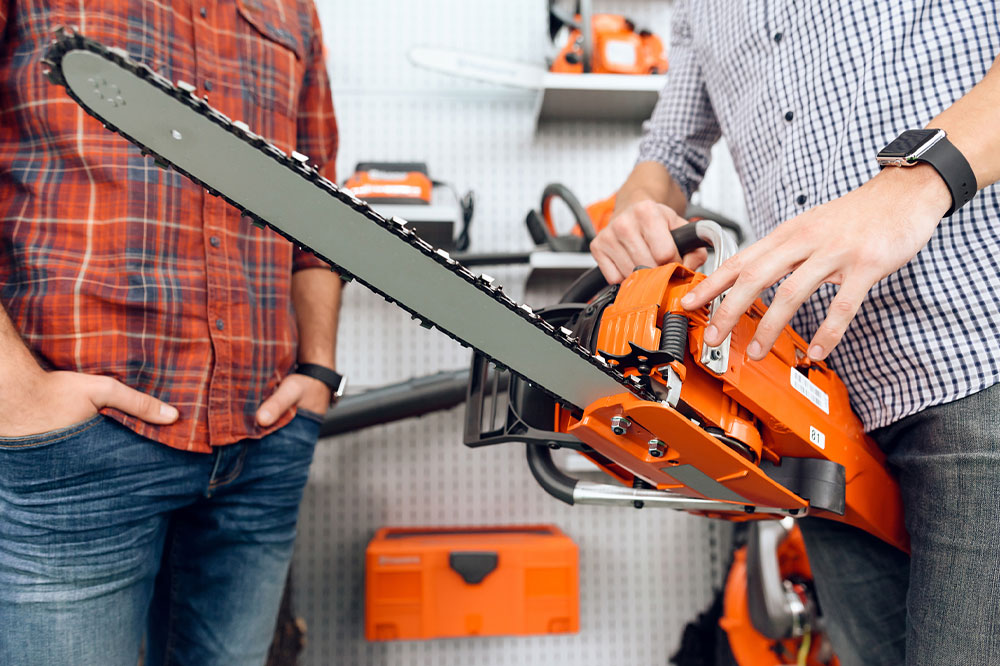Avoid these 5 mistakes when buying a chainsaw

Chainsaw purchases are quite common when autumn sets in, as people like to keep their backyard and surrounding areas free of large trees that could fall and cause damage. However, felling a tree is not possible with random tools. A chainsaw lets you quickly cut down a tree and even get firewood. However, there are many things to consider when buying a chainsaw, so here are a few mistakes to avoid in the process.
Mistakes to avoid when buying a chainsaw
Choosing the wrong size
The size of the chainsaw is a key consideration when choosing the right tool. The size will affect the tool’s usability and functionality. You should also pay attention to the bar length, which is the distance from the top of the chainsaw to the end of the bar. If the guide bar is longer, the chainsaw can cut larger pieces of wood, but it will become difficult to control. Beginners should use a guide bar that is 14 inches or less.
Overlooking noise levels
Chainsaws generally make a lot of noise when in use, so consider choosing a quieter model. The noise the equipment produces could harm users’ hearing, so you should wear safety equipment and hearing aids when using a chainsaw. However, it is equally important to choose a less noisy tool. Before using a chainsaw, notify neighbors to avoid any complaints or inconvenience.
Not buying safety gear
Most chainsaws come with safety measures such as chain catchers and secondary power switches, but buying other protective gear for additional safety is also necessary. This includes a safety helmet to protect the head from kickback from a chainsaw, a built-in visor to shield the eyes from flying wood chips, an earplug to protect the ears from the loud noise, chainsaw pants that slow the tool down on the way to the legs, and safety boots to guard against slips and falls.
Choosing the wrong type
When selecting equipment, you should consider your requirements and the job you want the machine to carry out. When working in woods or remote areas, a gas-powered saw is preferable. It is also easier to fill up on gas and oil than setting up a portable generator, and the noise from gas chainsaws is likely to disturb fewer people in remote areas. An electric saw could be a great option for someone who lives in the suburbs.
Overpaying
For the average homeowner, a chainsaw should cost between $100 and $500. More expensive options are available, but they are mostly intended for professional use. The two most important things to look for are power and consumption. A gas motor is required for a more powerful saw, but an electric motor can power a less powerful, more mobile tool. A gas-powered chainsaw with an 18- to 24-inch bar is ideal for removing large trees from the land and turning them into firewood. A shorter blade should work when trimming a limb or a downed branch. So, avoid getting a heavy-duty, expensive tool if a cheaper one can carry out the work you require.
An important tip is to clean the saw after each use. So, clean the air filter, inspect the spark arrestor and spark plug, and ensure the chain is free from sap and debris.



